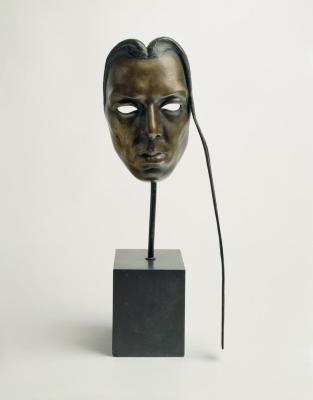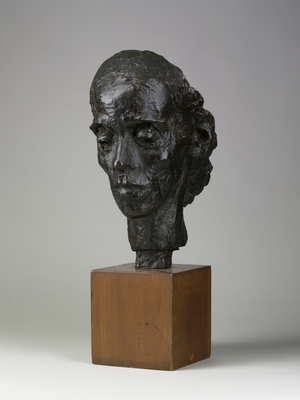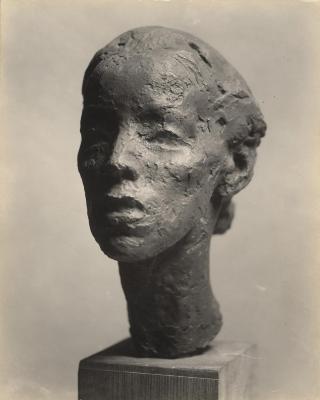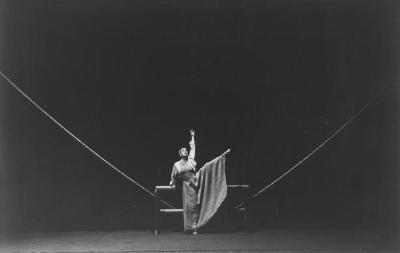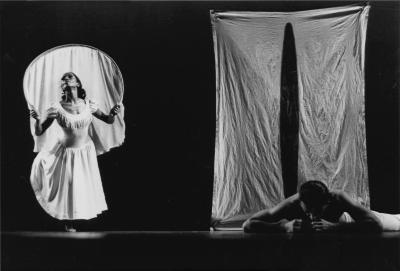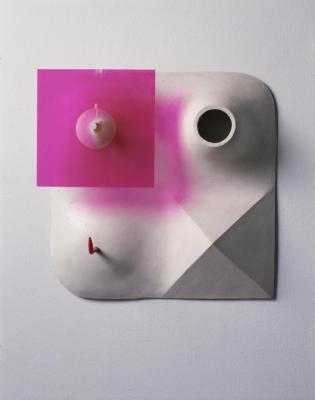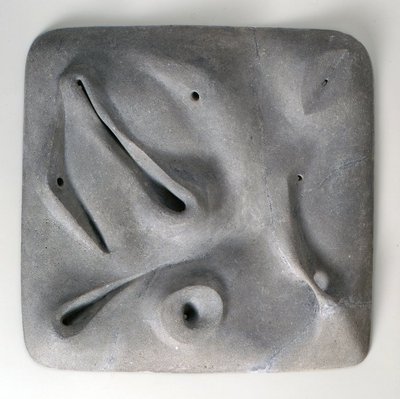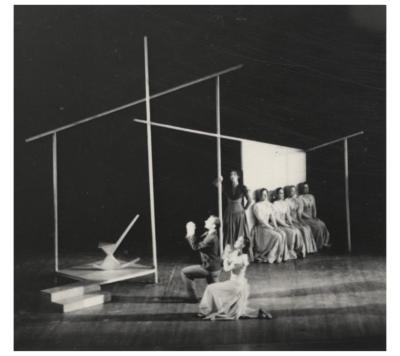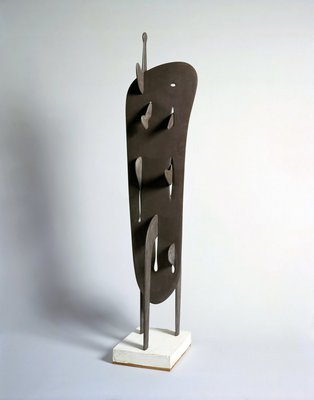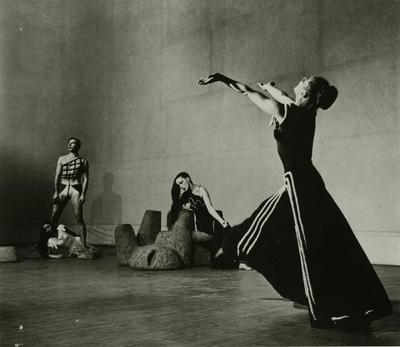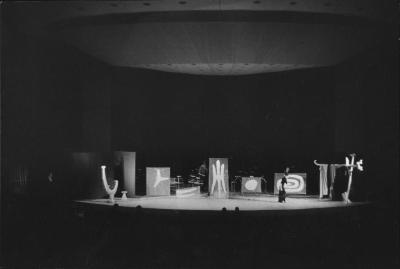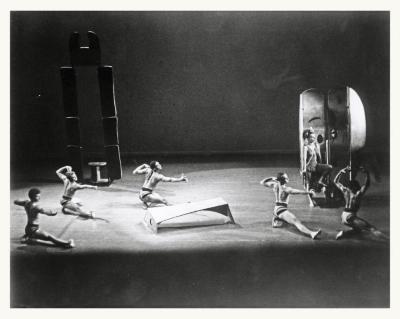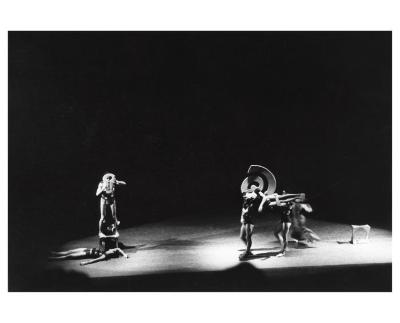Isamu Noguchi interviewed by Martin Friedman. Part 1 of 2.
April 4 1977
Identifier
AV_CTE_005A_1977_01
Duration
44m 52.0s
Description
Discussion revolving around the Imaginary Landscapes exhibition at the Walker Art Museum. Noguchi’s reluctance to consciously repeat forms - striving to make work uniquely different than what came before from him. Theater sets - Herodiade (213) - Martha Graham - relationship between sculpture and space. Recurring forms in nature. Interlocking shapes developed during the 1940s - experience in the Japanese internment camps - My Arizona (192) - This Tortured Earth (195). Lunars - the contrast between light in Arizona and in New York - incorporating electric light into his work. Noguchi’s introduction to Martha Graham - two busts (65) and (65.01) - Michio Ito - Michio Ito bust (16). Noguchi’s first work in the theater - Martha Graham’s creative process. The influence of music on Noguchi - Arnold Schoenberg. Working with composers - Aaron Copland - Carlos Surinach. Working on Frontier (139). The relation of sculpture to form and space - Noguchi’s reluctance to relate his work to architecture. Differences between work process of sculptors versus architecture - Edison Price Lighting Inc. Noguchi’s relation to Martha Graham’s dancers - Erick Hawkins - Yuriko Amemiya. El Penitente (166) - Phaedra (552) - Judith (286) - Noguchi and Graham’s collaboration process. The influence of Japanese theater on Noguchi’s thinking about dance. Space and Appalachian Spring (212) - interior and exterior spaces. Cave of the Heart (251) - the story of Medea and how Noguchi conceived of the set - Correspondences between stepping stones, islands in Greece and Japan, Japanese gardens. Gregory (242) - how sculptural form changes in different contexts - how Noguchi sublimates influences from his everyday activity -Kafka and Tangaroa. Theater as applied art - but more integral than mere decoration - the need for limits. Graham allowed Noguchi considerable autonomy save for her costume design - Cortege of Eagles (610). Fabrication and materials. Relationship between theater sets and playgrounds - imaginary landscapes for children - illusionist scale - playscapes as theater for children - creating hypothetical space.
Creator
Collection
